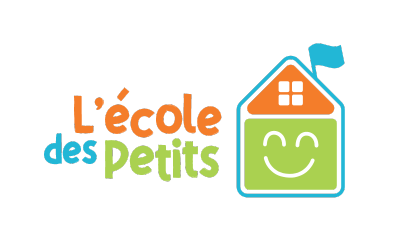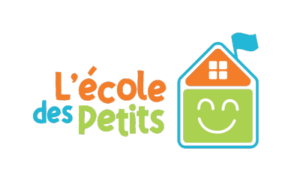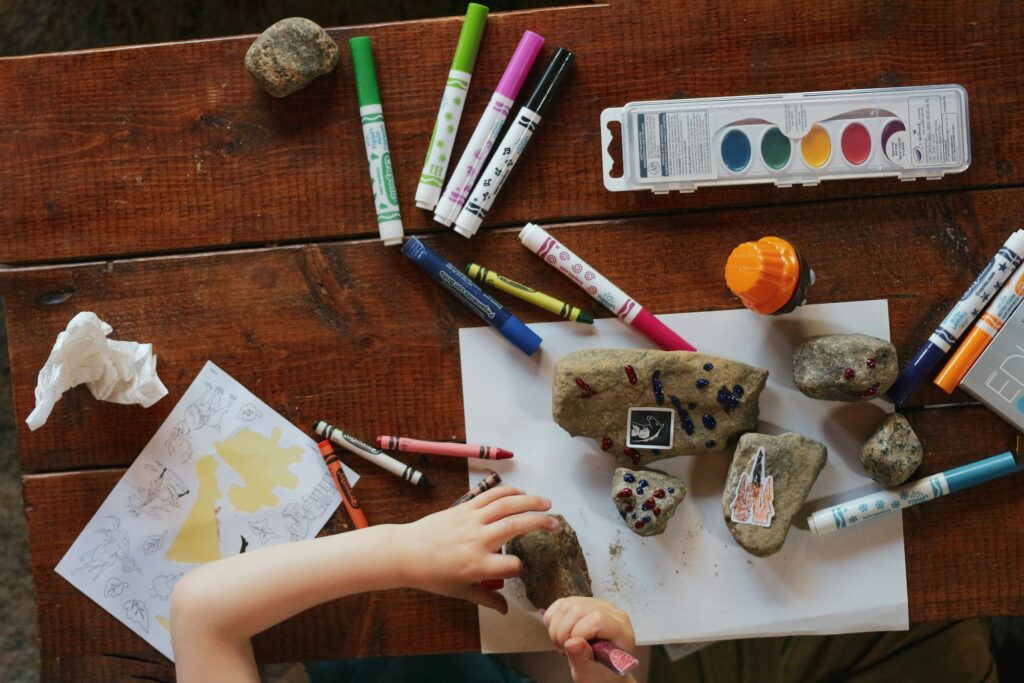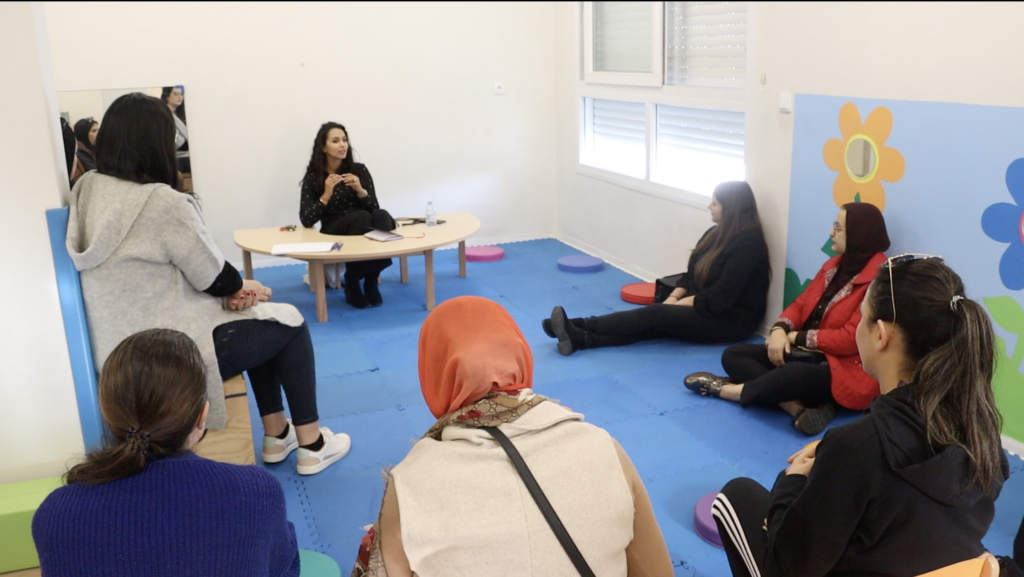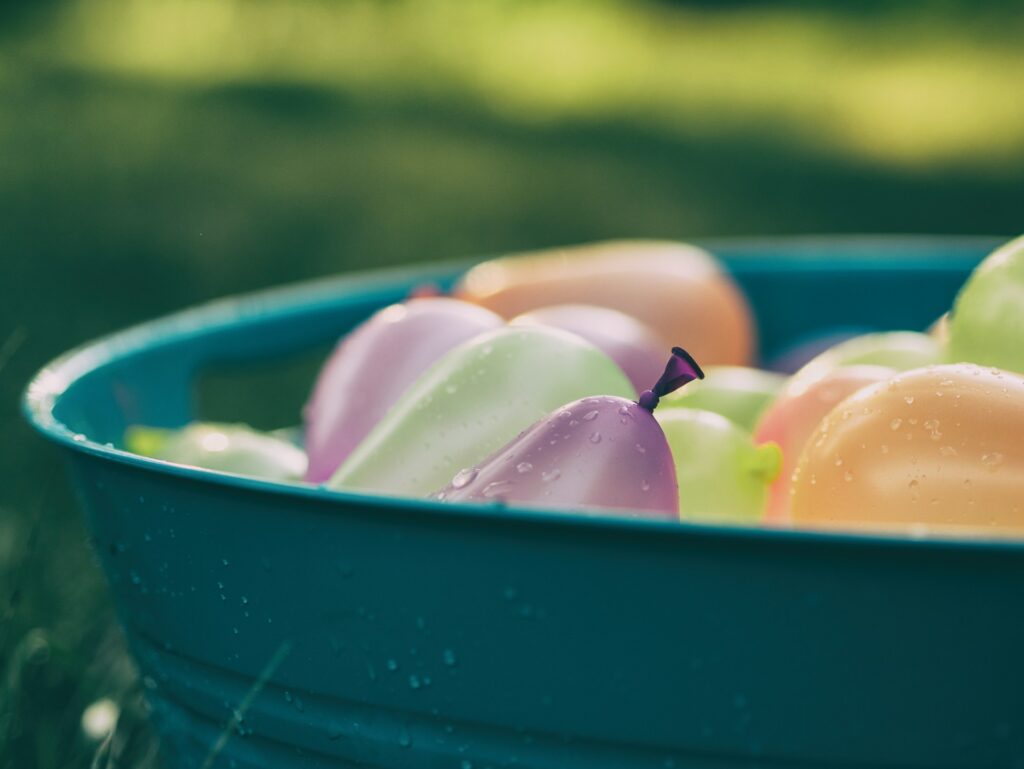Introduction: Montessori education, even at home
The Montessori Method, world-renowned for its effectiveness, is not confined to the classroom. It can be integrated into children’s daily lives, even at home, through simple but meaningful activities. As parents, you can become active players in your child’s development by offering Montessori activities at home.
This article explores practical activity ideas that promote children’s autonomy, creativity and overall development, while adapting to the resources available at home. We’ll also look at how a crèche like L’École des Petits in Casablanca complements these efforts with its structured Montessori program.
1. Why integrate Montessori activities into the home?
1.1. Le développement de l’autonomie
The Montessori method is based on the idea that every child is naturally curious and capable of learning on his or her own if placed in a suitable environment. Montessori activities at home enable :
– Boost self-confidence.
– Develop independence from an early age.
– Learning by doing.
1.2. Un lien éducatif renforcé entre parents et enfants
By offering Montessori activities, parents become guides in their children’s learning process. This encourages :
– A better understanding of the child’s individual needs.
– Richer, more fluid communication.
1.3. Une continuité avec les crèches Montessori
If your child attends a day nursery in Casablanca applying the Montessori method, such as L’École des Petits, extending this learning at home guarantees beneficial educational continuity.
2. Montessori principles applied to the home
Before moving on to concrete activities, it is important to understand a few basic principles:
1. Créer un environnement adapté : Les objets et outils utilisés doivent être accessibles et sécurisés.
2. Favoriser la liberté dans les choix : Laissez votre enfant décider quelle activité réaliser parmi celles que vous proposez.
3. Encourager sans intervenir excessivement : Observez et guidez votre enfant sans imposer vos solutions.
4. Utiliser des matériaux simples : Pas besoin d’investir dans du matériel coûteux. Beaucoup d’activités Montessori peuvent être réalisées avec des objets du quotidien.
3. Montessori activities for different ages
3.1. Pour les enfants de 1 à 3 ans
At this age, children are developing their motor skills and beginning to explore their environment. Here are a few ideas:
– Transferring objects: Give your child two bowls and some dried beans to transfer. This develops hand-eye coordination.
– Learning to dress: Encourage your child to pull on socks or fasten buttons. These gestures strengthen fine motor skills.
– Playing with wooden blocks: Building and destroying towers is a classic Montessori activity that stimulates logic and coordination.
3.2. Pour les enfants de 3 à 6 ans
This is the age when children develop their language, reasoning and creativity:
– Working with movable letters: Cut out cardboard letters and help your child form simple words.
– Prepare snacks: Let your child peel a banana or mix simple ingredients. This reinforces their independence.
– Observing nature: Grow seeds in a pot so that your child can discover the life cycle of plants.
3.3. Pour les enfants de 6 à 9 ans
At this age, activities become more complex and stimulate specific skills:
– Science experiments: Show your child how to mix vinegar and bicarbonate to create a reaction.
– Maps: Explore the world with puzzles or maps to complete.
– Creative projects: Create objects in modeling clay or clay.
4. The benefits of Montessori activities at home
4.1. Développement cognitif
Hands-on activities give children a better understanding of abstract concepts such as mathematics and science.
4.2. Renforcement des compétences motrices
Everyday tasks, such as folding clothes or pouring water, strengthen both fine and gross motor skills.
4.3. Éveil émotionnel et social
5. How L’École des Petits complements Montessori activities at home
Children learn to manage their emotions and interact in a caring way, whether with parents or peers.
5.1. Un environnement Montessori structuré
At L’École des Petits, every space is designed to encourage children’s autonomy and concentration. Parents can draw inspiration from this to set up a Montessori corner in their home.
5.2. Des éducateurs qualifiés
The L’École des Petits teaching team guides each child through the learning process, respecting his or her individual needs and pace.
5.3. Un programme bilingue
In addition to activities at home, language immersion at L’École des Petits prepares children for life in a globalized world.
Conclusion: Provide your child with a Montessori environment, at home and in the nursery
Montessori activities at home are a simple yet powerful way to contribute to a child’s development. They reinforce independence, self-confidence and practical skills, while creating a unique bond between parents and children.
At the same time, a crèche in Casablanca like L’École des Petits offers a complementary educational framework that guarantees a complete and structured Montessori approach.
To find out more about our programs or schedule a visit, visit lecoledespetits.ma today!
